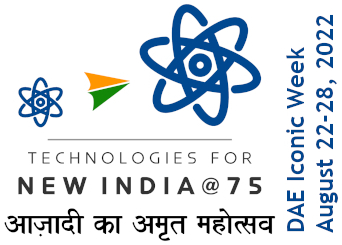SINP Beamline at Indus-II, RRCAT, Indore

Recently the group members to develop this SINP beamline worked to get the monochromatic x-ray beam at the sample position on the goniometer. The monochromatic beam was successfully focused on the sample position using separate focusing optics for vertical and horizontal directions. The vertical focusing was done using simultaneous bending of the two mirrors (VCM and VFM) and the horizontal focusing was achieved using the sagittal bender of the 2nd crystal of the DCM. Various images of the x-ray beam at different view ports and the final focused and unfocussed beam at the sample position is shown in figure 2. The energy of the monochromatic beam was also successfully tuned in the range of 5 keV to 12 keV by the DCM and was calibrated by elemental absorption edge of Cr, Mn, Fe and Zn which is shown in figure 3. Selecting beam size by tuning the crossed slits, steering of both the white and monochromatic beam, bending of the focusing elements, energy scan and detection was done using newly installed EPICS control software and electronic control systems.






